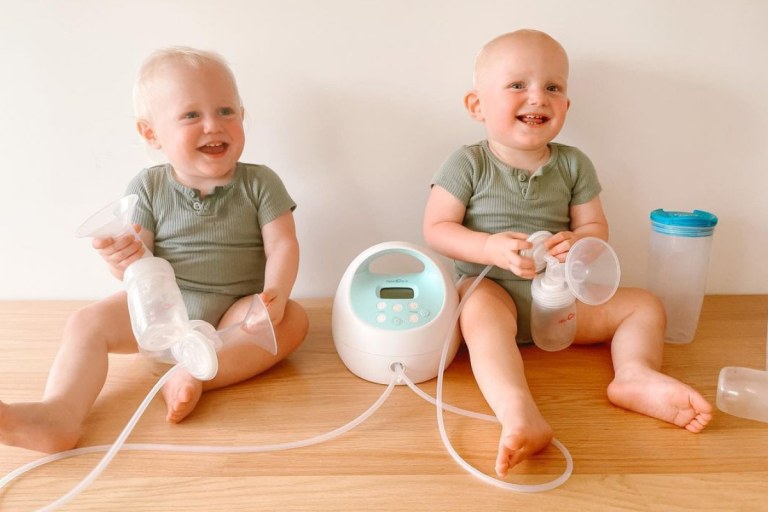
Are Breast Pump Parts Covered by Insurance?
Time to replace your pump parts? You may be eligible for insurance coverage.

By Amylia Ryan and Briana Engelbrecht
Fact Checked by Karen Reardanz
In This Article
If you're pumping breast milk for your baby, you'll likely need to replace a few of your breast pump parts on a regular basis. And while most health insurance plans cover some (if not all) of the cost of breast pumps, what about the parts and accessories that'll eventually need replacing?
When to Replace Your Breast Pump Parts
Over time, normal wear and tear can affect your pump's suction ability, which can negatively impact your milk supply. A few pump parts will need to be swapped out from time to time to maintain milk-removal efficiency.
Each brand will have different guidelines, but in general, here are the different pump parts and how often they typically need replacing:
Duckbill valves should be replaced monthly with regular pumping (approximately three times a day). If you're only occasionally pumping, they can be replaced every two to three months.
Valve membranes need to be replaced every two to three weeks if you pump regularly or every two months if you pump less.
Backflow protectors, if necessary, should be replaced every three months if you're exclusively pumping and every six months if you only pump occasionally.
Flanges can be replaced every six months or as needed if you notice build-up, mold, cracks or tears.
Rules for replacing tubing depend on which brand and type of pump you're using, so be sure to check your user manual.
So, what are the signs you need to replace your pump parts? First, you'll want to make sure you're regularly inspecting your pump. Signs it could be time to swap parts include:
Noticing less suction power and less milk output than normal
Damage such as cracks or tears
Any signs of mold
Once it's time to replace your breast pump parts, it's a good idea to check with your health insurance company to see if they'll cover any of the cost. Coverage isn't guaranteed, though, so here's everything you need to know about how replacing pump parts works with insurance.
Are Breast Pump Parts and Accessories Covered by Insurance?
The answer is yes, sometimes, and it depends on your insurance carrier and plan. There isn’t one singular rule for how much, if at all, insurance companies need to cover breast pump supplies. You can check to see what parts you can get through Babylist Health and also order them through us (depending on your coverage, of course).
"Every plan is different," says Daniela Venegas, the Insurance Claims Recovery Manager at Babylist Health. "Some will pay for replacement parts every three months, six months or once per year, but it depends on the specific patient's plan. Some plans do not cover replacement parts at all."
To make sure you get all the information you need (and limit your frustration in decoding your insurance coverage), Venegas recommends asking:
What replacement parts are covered under my plan?
How often can parts be replaced, and how many replacements are covered?
Do pump parts require a prescription? (i.e. from a certified lactation consultant or healthcare provider)
Do pump parts require authorization?
Are breast pump supplies subject to deductible and coinsurance amounts?
Get your FREE breast pump through insurance!
Babylist Health supports hundreds of insurance plans and all major pump brands.
Can You Use HSA/FSA to Pay for Pump Parts?
If you need to pay for pump parts out of pocket, you might be able to use a Health Savings Account (HSA), Flexible Spending Account (FSA) or Health Reimbursement Account (HRA). Some breast pump resupply programs allow you to order breast pump accessories online using your HSA/FSA card:
You may even be able to use your HSA/FSA to order replacement parts on Amazon, but just be sure only to buy parts from your breast pump's official brand. Using off-brand pump parts could result in your pump not working as well, the parts deteriorating more quickly or your pump's warranty being voided.
Name-brand breast pump parts typically cost less than $50, and even if your health insurance doesn't cover the cost, it's still important to replace parts on a consistent basis to maintain proper suction for your breast pump (which will help prevent your breast milk supply from decreasing prematurely) and ensure hazardous bacteria don't contaminate your pumped milk.